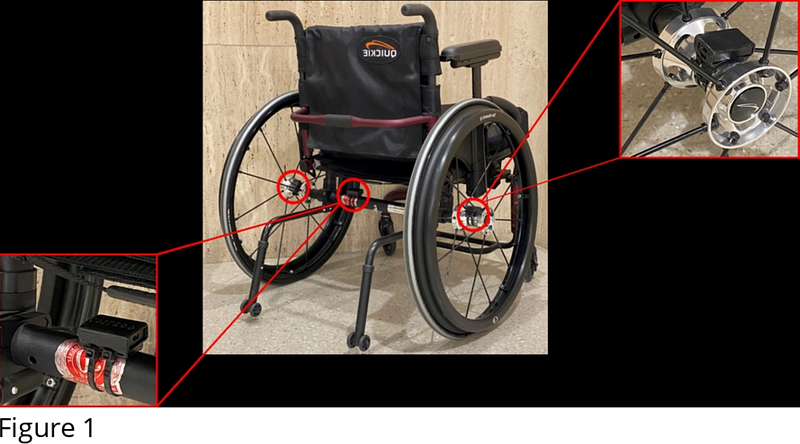An inertial sensor-based comprehensive analysis of manual wheelchair user mobility during daily life in people with SCI

An inertial sensor-based comprehensive analysis of manual wheelchair user mobility during daily life in people with SCI
Pinnock Branford, K.; Van Straaten, M. G.; Jahanian, O.; Morrow, M. M. B.; Cain, S. M.
AbstractThis study employed three inertial measurement units to quantify the mobility characteristics of 12 manual wheelchair users with spinal cord injuries (SCI) over 7 consecutive days, revealing nuanced patterns of daily movement. Mobility metrics were calculated for measures of distance traveled, movement duration, and speed. A mobility profile was created to understand patterns of movement behaviors. Participants moved 65.54 {+/-} 21.81 min daily, traveled 1488.15 {+/-} 700.09 meters at an average speed of 0.43 {+/-} 0.16 m/s, and executed approximately 910 turns and 428 starts/stops per day. Mobility predominantly occurred in short bouts (<215 seconds), accounting for 94% of the mobility bouts. Mean mobility characteristics remained consistent across participants despite individual variability in high-resolution metrics, including starts/stops, turns and navigated slopes exceeding the ADA recommended ratio. This methodology provides insights into real-world manual wheelchair mobility and future research could inform rehabilitation strategies and assistive technology development. These methods underscore the critical importance of personalized, high-resolution mobility assessments in understanding and optimizing manual wheelchair users\' functional independence and quality of life.